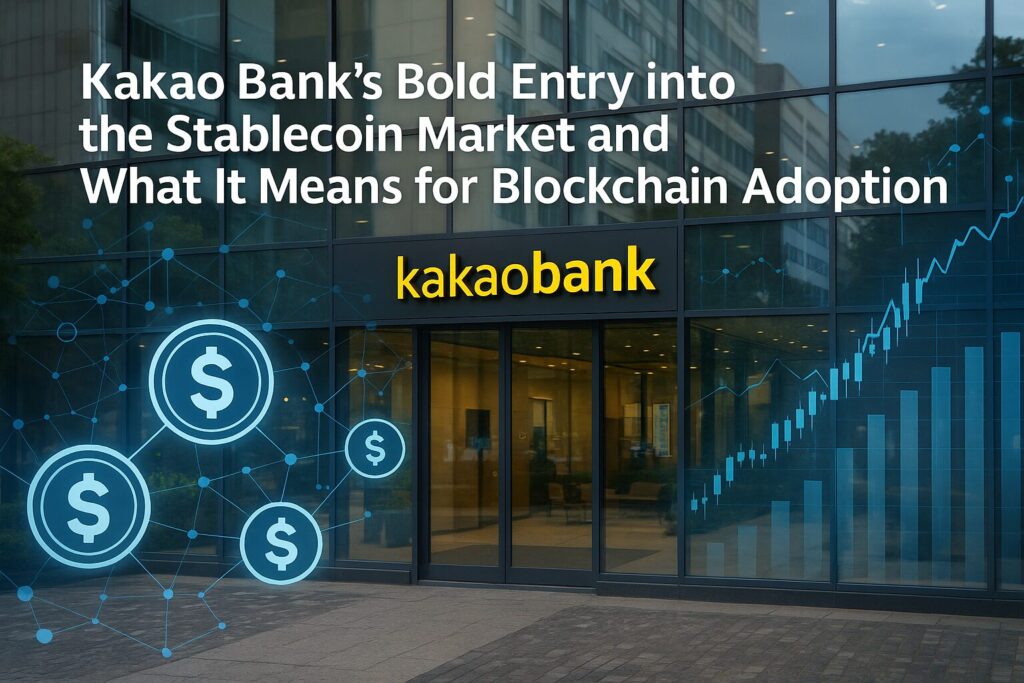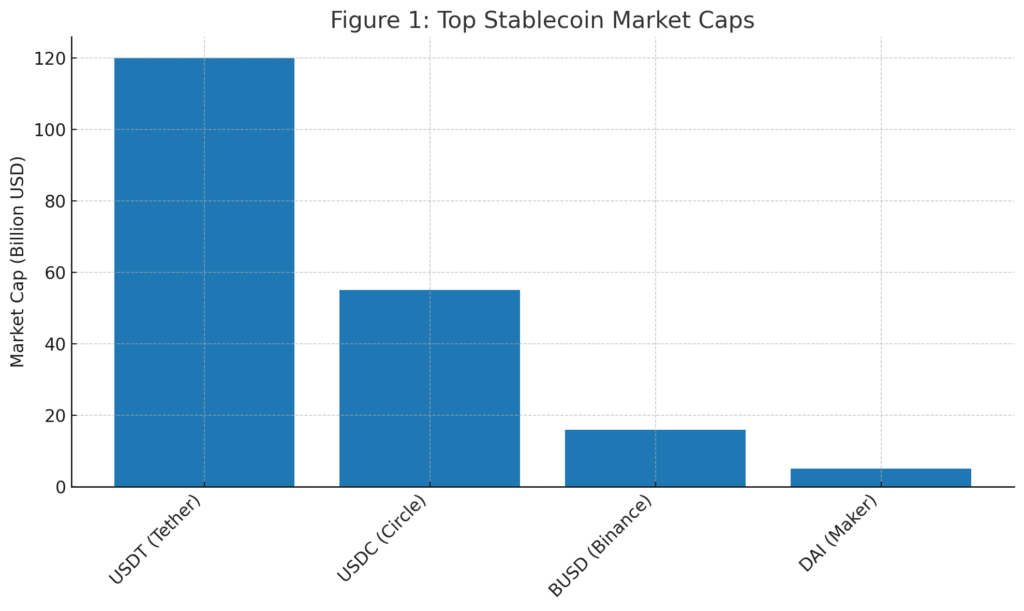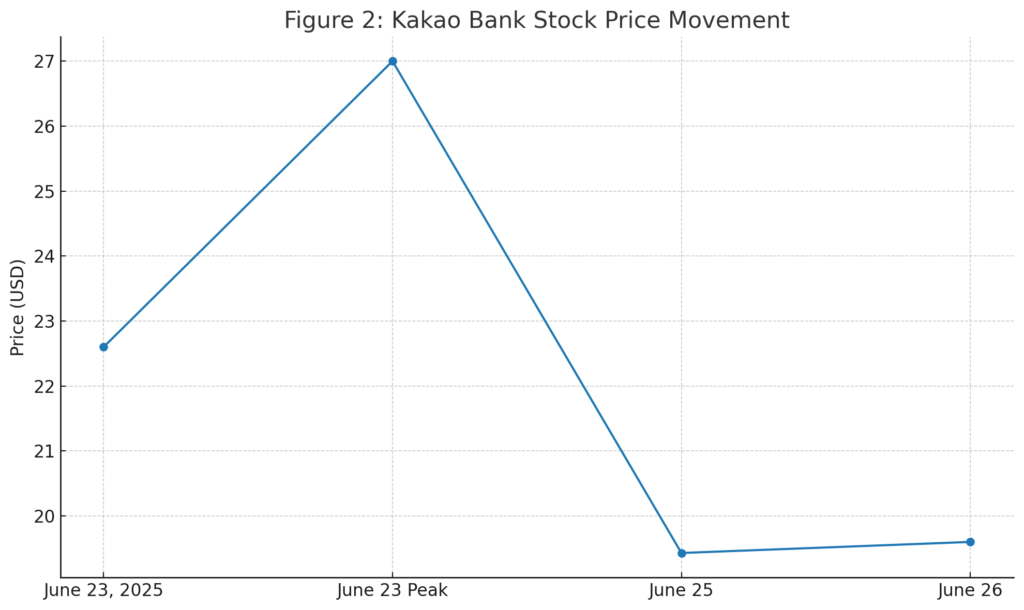
Main Points:
- Strategic pivot by Kakao Bank into stablecoins following regulatory shift in South Korea
- Formation of a cross-company stablecoin task force within Kakao Group
- President Lee Jae-myung’s pro-crypto policies accelerating institutional adoption
- Kakao Bank’s robust digital-asset track record and CBDC pilot participation
- Massive user base (25.86 M users) and $46.47 B in assets under management
- Stock price reaction: initial surge to $27, then normalization around $19–$20
- Global institutional appetite: 90 % of surveyed investors eye stablecoins
- Parallel initiatives: Russia and Abu Dhabi announcing state-backed coins
- Implications for new crypto investors and blockchain use cases
- Outlook: competition among eight major banks issuing KRW-pegged coins by 2026
1. Introduction
South Korea’s leading internet bank, Kakao Bank, has announced its intention to fully engage in the burgeoning stablecoin market, following seismic regulatory shifts under President Lee Jae-myung’s administration. As retail and institutional interest in digital assets continues to surge, Kakao Bank’s move represents a significant milestone in mainstream finance embracing blockchain-based payment rails and digital-asset ecosystems.
2. Regulatory Turning Point in South Korea
In June 2025, newly inaugurated President Lee Jae-myung made clear his support for cryptocurrencies, championing legislation to legalize stablecoins and streamline virtual asset regulations. This political backdrop has emboldened financial institutions to explore tokenized currencies. In a regulatory landscape previously marked by tight restrictions, the president’s agenda has ushered in a new era of crypto-friendly policy, with multiple bills under consideration to integrate stablecoins into payment infrastructure .
3. Kakao Bank’s Strategic Task Force
Kakao Bank’s CFO, Kwon Tae-hoon, revealed that a dedicated Stablecoin Task Force—including executives from Kakao Pay and other affiliates—is leading the charge. The group is evaluating various issuance and custody models, reflecting a holistic approach to digital-asset integration. On June 23, 2025, both Kakao Bank and KB Kookmin Bank filed trademarks for stablecoin ventures, signaling an institutional race among over eight major Korean banks to launch KRW-pegged coins by 2026.
4. Proven Digital-Asset Capabilities
Kwon highlighted Kakao Bank’s existing digital-asset achievements:
- Issuance of real-name authentication accounts for crypto exchanges over the past three years
- Ongoing risk monitoring via robust KYC/AML protocols
- Participation in the Bank of Korea’s CBDC pilot, offering insights into central-bank issued digital legal tender
This track record positions Kakao Bank favorably to deploy secure, compliant stablecoin solutions that leverage its established infrastructure and regulatory relationships.
5. User Base and Asset Footprint
As of March 2025, Kakao Bank boasts 25.86 million users—approximately half of South Korea’s 51.7 million population—and $46.47 billion in assets under management . By comparison, the country’s cryptocurrency exchange user base has surpassed 16 million, driven in part by heightened U.S. election–related crypto interest in late 2024.Insert Figure 1: Top Stablecoin Market Caps here
(See generated bar chart of USDT, USDC, BUSD, DAI)

6. Stock Market Response
Kakao Bank’s stock exhibited a swift but muted reaction:
- Pre-announcement close: ₩22,600 ($22.60)
- Immediate surge to ₩37,000 ($27.00) post-trademark filing
- June 25 peak: ₩27,825 ($20.10), settling at ₩26,900 ($19.43) at day’s end
- June 26 close: ₩27,150 ($19.60)
Despite initial enthusiasm, investors tempered expectations, reflecting a broader market caution toward banking institutions venturing into crypto assets.Insert Figure 2: Kakao Bank Stock Price Movement here
(See generated line chart of price fluctuation June 23–26, 2025)

7. Global Momentum in Stablecoin Adoption
Interest in stablecoins extends well beyond South Korea. A May 2025 Fireblocks report found 90 % of institutional investors are considering stablecoin adoption for treasury and payment operations . Meanwhile:
- Russia’s Finance Ministry unveiled plans for a ruble-pegged sovereign stablecoin in April 2025
- Abu Dhabi’s major financial institutions announced a dirham-pegged coin joint venture in April 2025
These parallel efforts underscore a global race to digitize fiat currencies on blockchain rails for enhanced efficiency, transparency, and cross-border settlement.
8. Implications for Crypto Investors
For those scouting new digital assets or revenue streams, bank-issued stablecoins represent both opportunity and competition. Key considerations:
- Regulatory clarity: Institutionally backed coins may benefit from clearer legal frameworks and consumer protections.
- On-chain liquidity: KRW-pegged tokens will unlock new corridors for trading and DeFi products targeting the Korean market.
- Yield generation: Integration with CeFi and DeFi protocols could offer competitive yields on stablecoin deposits.
- Operational sandbox: Early participation in pilot programs may yield alpha in yield-farming or liquidity-mining strategies.
9. Outlook and Competitive Landscape
By 2026, with more than eight major Korean banks pledging KRW-stablecoin launches, the market will likely fragment into institutional offerings distinguished by custody solutions, yield strategies, and interoperability. Partnerships with global stablecoin issuers could accelerate cross-border utility. Kakao Bank’s advantages—massive user base, proven KYC/AML systems, and close ties with regulatory bodies—position it to capture significant market share.
10. Conclusion
Kakao Bank’s formal foray into stablecoins marks a pivotal shift in South Korea’s blockchain adoption, catalyzed by pro-crypto policy from President Lee Jae-myung. With robust digital-asset credentials, a substantial user network, and a strategic task force, Kakao Bank may set the benchmark for bank-issued stablecoins in Asia. Global trends—from Russia’s ruble-coin to Abu Dhabi’s dirham-token—mirror this momentum, signaling stablecoins’ central role in the future of finance. For investors and blockchain practitioners, these developments open new avenues for asset diversification, DeFi innovation, and practical digital-asset integration.

